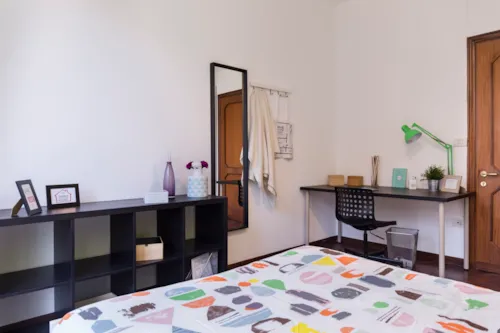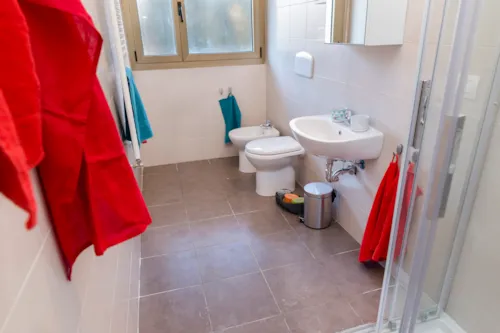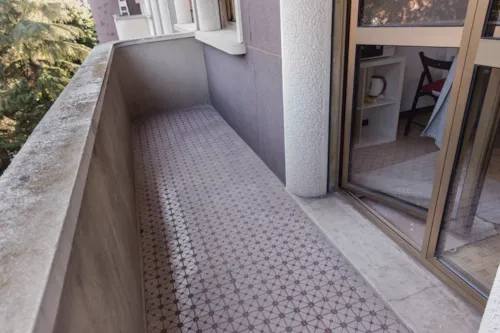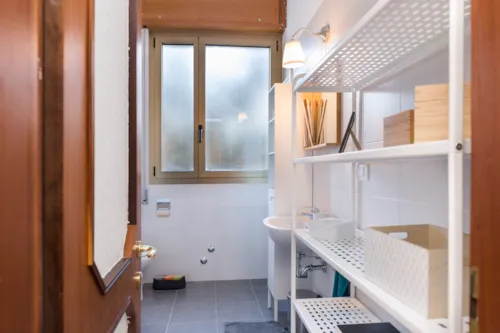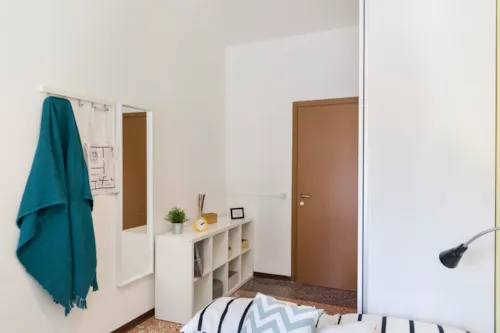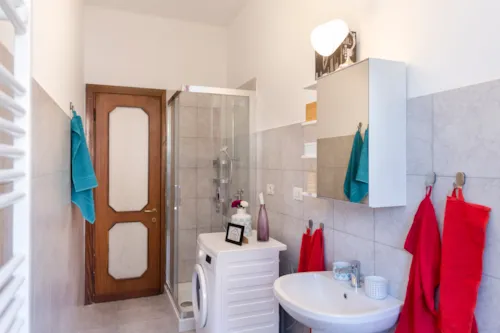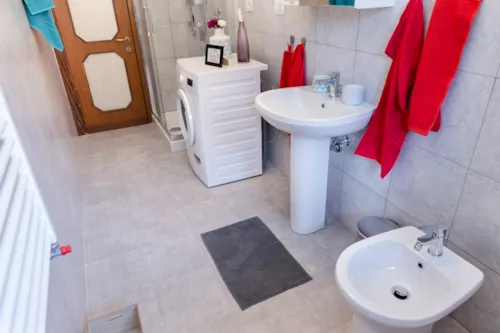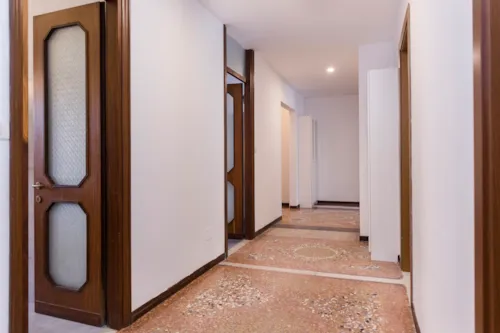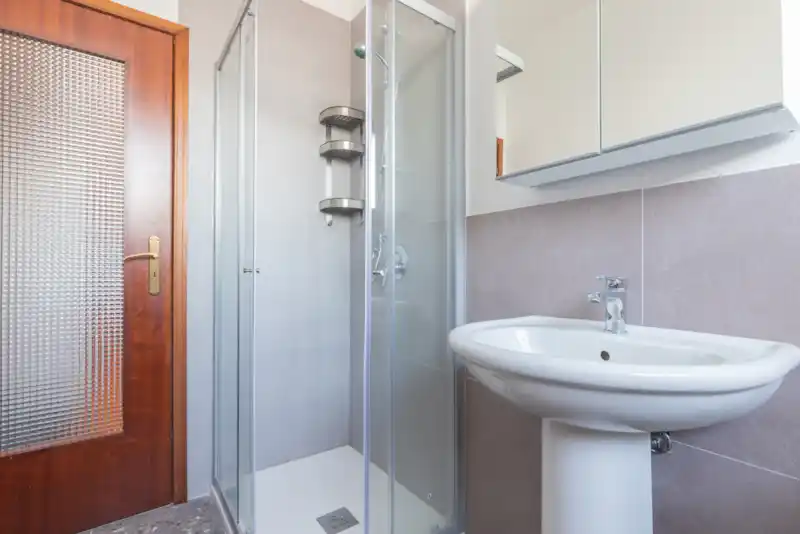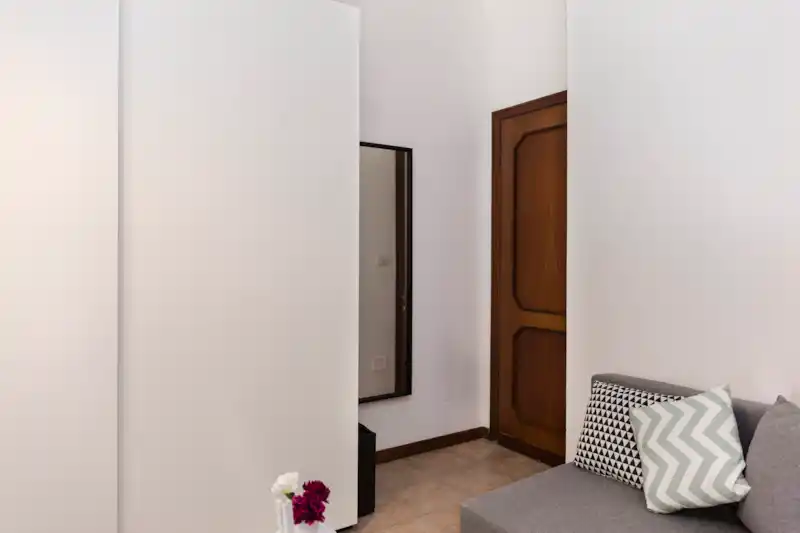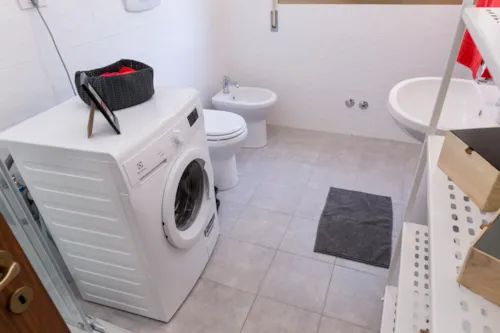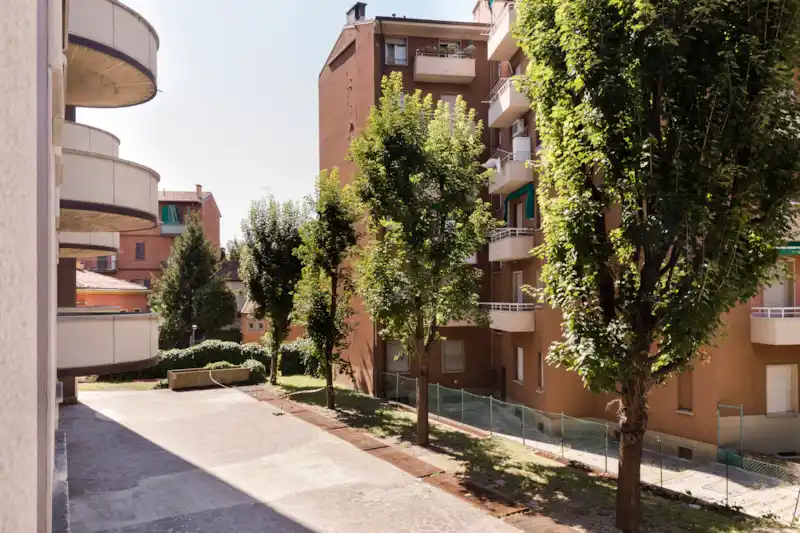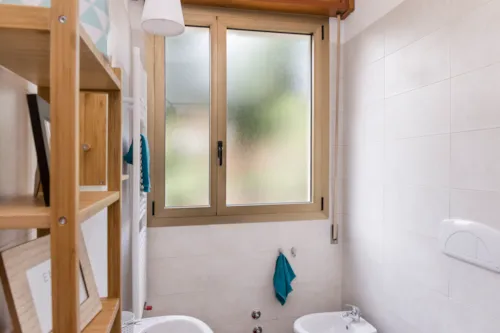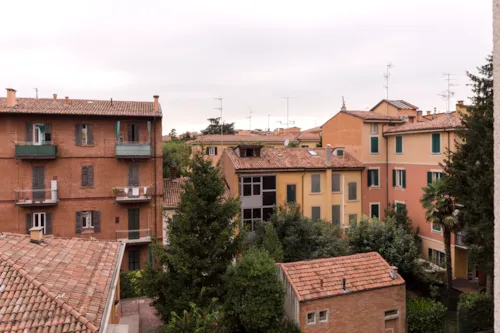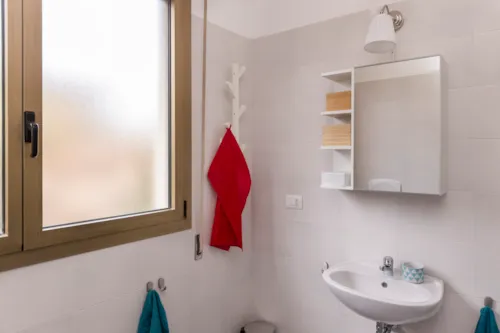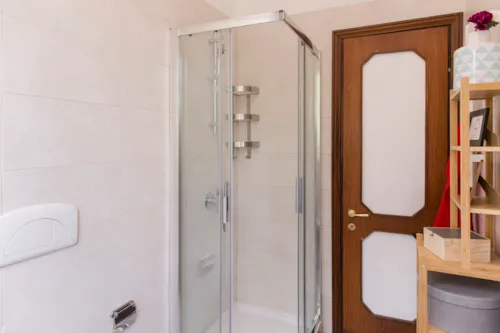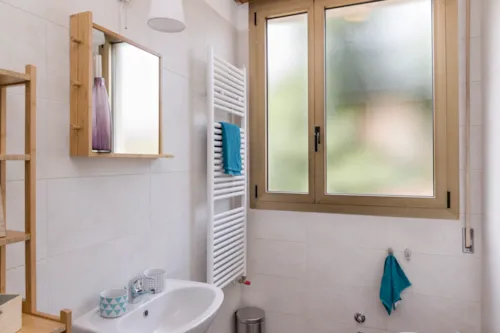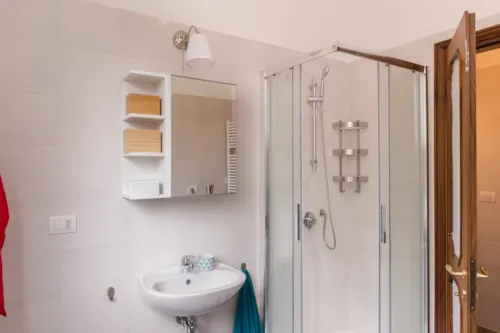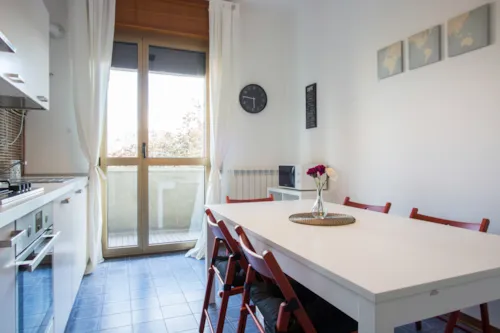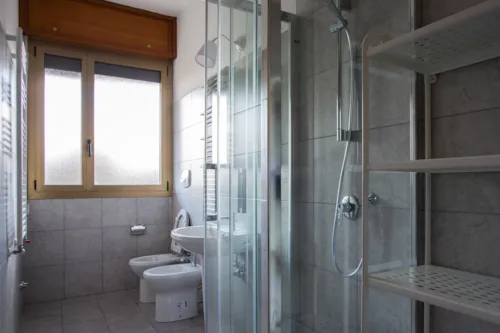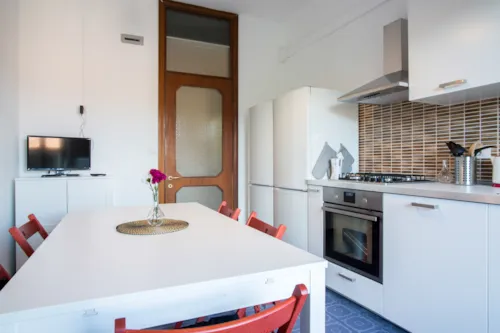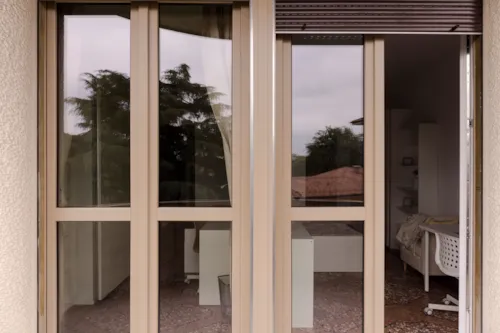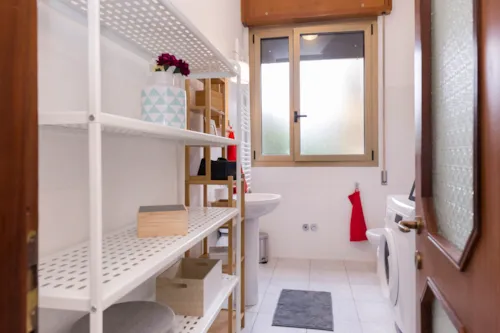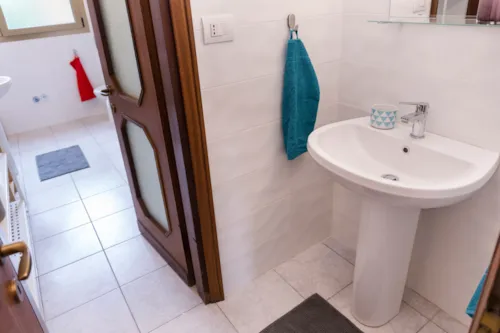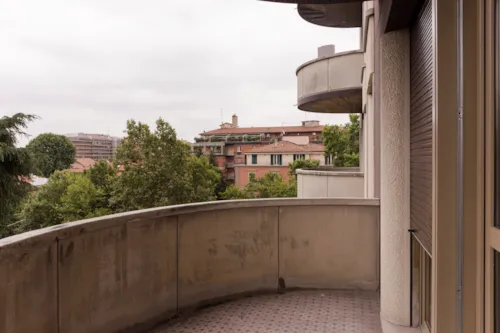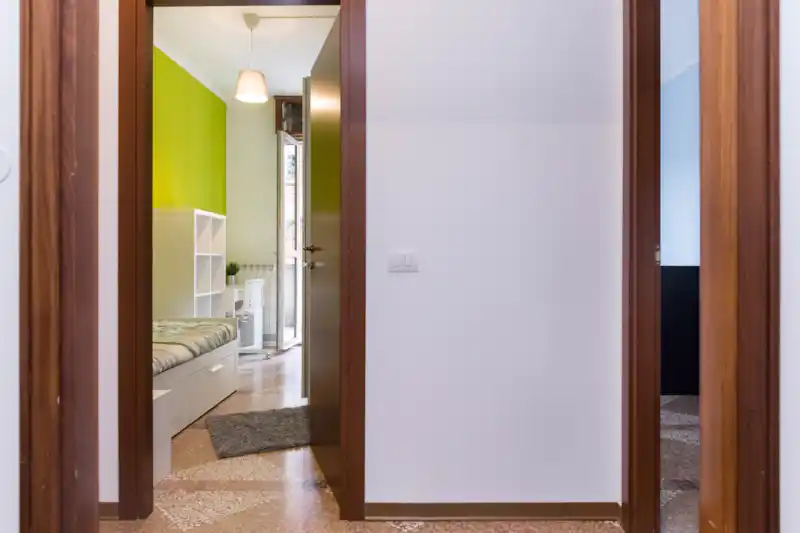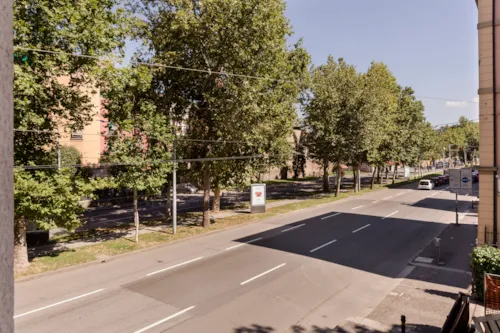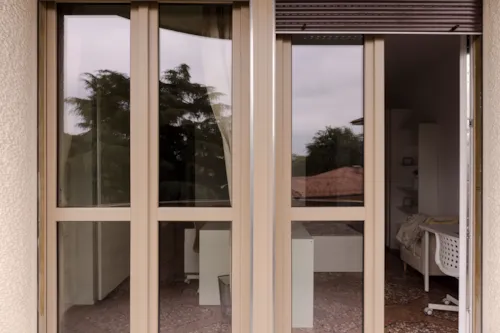Navile
The Navile district covers the northern suburbs of Bologna and takes its name from the canal of the same name that runs through the area. It was born from the merger of the old Bolognina, Lame and Corticella districts, which were the three oldest settlement areas. This area was later joined by two others, Noce and Dozza.
It is precisely the presence of the Navile Canal that has conditioned the district's development since the 19th century with the organisation of proto-industry and a communication system between the city and the Po di Primario, a branch of the Po River delta.
In the course of time, this area underwent a rapid process of urbanisation, especially in the area north of the Central Railway Station and then continued in the 1960s in the Fair district.
It is a well-connected district, in fact, in addition to the Bologna Central Station, the Corticella Station is also included. Both are served by the S4A line that acts as Bologna's metropolitan railway service. There are also several bus lines of the public transport service and the Marconi Express that directly connects not only the district but the city with Bologna Airport in Borgo Panigale.
There are also plans to build the Bologna tramway network, due to be operational in 2026, which will connect Borgo Panigale to the Pilastro via the historic centre, the Central Station, the Bologna Trade Fair and through the Navile district
We have no availability in this neighborhood
What to see and do
Also, part of Navile is the Bolognina area, a favourite place for non-conformists. An area of music, art, culture, books and trends of all kinds. Because of this and its popular and inclusive atmosphere, it is also very popular with young people.
It is a historically working-class district and has always been home to the highest concentration of Italian and foreign workers. This has made it the district of multiculturalism, of connection between the past and the future, which thrives on architectural and social wealth.
Among the sights to see in Navile is the Lino Borgatti civic centre, designed by architect Enzo Zacchiroli. This is the starting point for socio-cultural promotion activities inspired by the values of sharing and appreciation of being together.
In Via della Beverara, on the border with the neighbouring Lame area, is the Industrial Heritage Museum. The exhibition itinerary illustrates the economic and productive history of the city through the years, machines and tools. On the other hand, in Via Saliceto is the Museum of the Memory of Ustica, here you will find recovered aeroplane parts and objects from the unsolved case of the plane crash in 1980.

This neighbourhood also witnessed the battles between Nazi-Fascist troops and Bolognese partisans, so the Shoah Memorial was built between Via Carracci and the Via Matteotti bridge, which is worth seeing as a memorial.
At the end of Via Matteotti, here is the Teatro Testoni Ragazzi, which stages shows mainly for children and adolescents, but also hosts acting workshops. On the other hand, in via dell'Arcoveggio is the Hippodrome of Bologna, a project by Umberto Costanzini, immersed in an urbanised area.
In general, it is interesting to walk and discover the alleys of the Navile district because many of its walls are decorated with beautiful murals. For example, on the bridge in via Stalingrado there are many that give colour and atmosphere to the area.
There is no shortage of gardens and green areas in the district, such as the Villa Angeletti Park, with trees, paths and a playground, and the Parco dei Giardini, equipped with benches, picnic tables, gazebos and exercise equipment. It takes its name from Via dei Giardini but is also known as Cà Bûra, in Bolognese dialect.
Where to eat and drink
The Navile district is also famous for its bars, both old-fashioned ones that continue to offer the same service, and modern, futuristic ones. Here you will find the true Bolognese citizens preparing tagliatelle al ragù or tigelle, or young people venturing into craft beer production.
Let's take a look at some addresses that are definitely not to be missed, such as Trattoria da Sandro Al Navile, or more simply Da Sandro in Bologna. This is a historic restaurant with an evocative location and architecture, located in Via del Sostegno on the Navile Canal. From starters with cold cuts platters, first and second courses with quality ingredients and delicious desserts.
Also, in the area are: Trattoria Mulino Bruciato, a cosy atmosphere and classic Italian dishes; Trattoria Il Vaporino, a friendly and homely location, both restaurant and pizzeria. Also, Ristorante Sabbia di Mare, specialising in seafood cuisine; La Bottega di Franco, an elegant venue with refined and traditional dishes, perfect for a candlelit dinner inside or on the patio in the garden; La Corte dei Ghiottoni, a rustic restaurant offering traditional dishes, desserts and wines.


When you feel you need to change flavours, there are also several international cuisine restaurants. Among those for sushi and Asian cuisine: Megu, Manyi, Miiwa all you can eat; then there is Kabulàgna, an Afghan restaurant, Adal African restaurant, Habesha Restaurant, an Ethiopian restaurant. For Indian cuisine: Gujranwala Restaurant, Ravi Indian Rotisserie and then a series of kebab shops.
There are also several cafés in the neighbourhood that are excellent for breakfast or stopping for a coffee or a small aperitif. In addition, there are very good pastry shops stocked with all kinds of sweets and where they also prepare cakes for special occasions, such as Pasticceria Crema and Gusto Arcoveggio, Bar and Pasticceria D. and D. and Pasticceria Cuppi.
If you fancy a night out, here you will also find clubs with a variety of music, a genre that dominates the neighbourhood and electronic scene. A reference point for the underground scene is the Freakout Club, and for live music, Binario 69.
Where to go shopping
The neighbourhood is also made lively by various businesses, both Italian and with products from all over the world. For example, there are Pakistani greengrocers, Indian barbers, local delicatessen shops and so on.
In general, it is a very well-stocked area where you can find everything you might need: clothes and footwear shops, homewares, vintage, and somewhat radical chic.
The main reference point for shopping, however, is Centro Navile, a large commercial area where you can find everything in the same location. Kiabi, for clothes and fashion, Scarpe&Scarpe, for footwear, Unieuro, for electronics and electrical appliances, Arcaplanet, for pets, Risparmio casa, objects for your flat, Mondo Convenienza, for furniture. In addition, there are some food outlets where you can get something to drink and eat.
Smaller but still a shopping centre is Minganti, towards the San Donato-San Vitale district. Or Centro Commerciale Centrolame, on Via Marco Polo. Here too you will find a selection of shops, cafés and a large supermarket. Supermarket chains such as Coop, Lidl, Despar, Conad and Carrefour can be found in the neighbourhood for daily or weekly shopping.
Some questions?
Have more questions?

